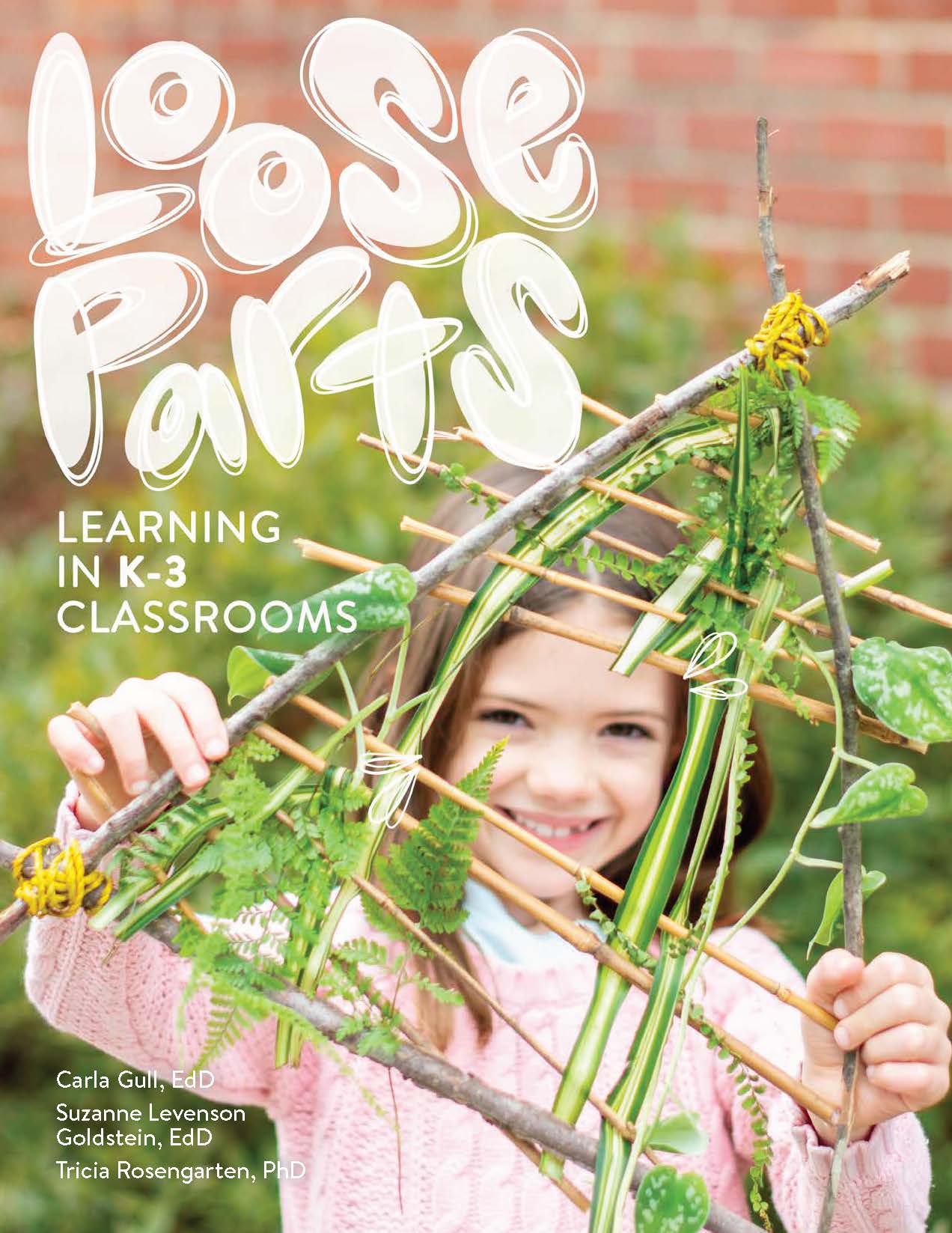- Home
- Activities
- Crystals Exploration | A Loose-Parts Science Activity
Crystals Exploration | A Loose-Parts Science Activity

Children naturally gravitate toward science! Scientific discovery happens all the time. Whether it is rolling rocks down a ramp, rolling balls through a tunnel, weighing objects on a balance scale, or discovering information about bugs and animals, children are curious and engaged. It is wonderful to see the “lightbulb” turning on in their brains. When children experiment with scientific concepts using loose parts, they are empowered as they discover scientific principles. According to Loose Parts Learning in K-3 Classrooms, in many science situations, allowing students to come up with their own ways to explore the materials (within safety parameters) in addition to the official experiment can allow them to connect more deeply to the material, build their curiosity, and make connections they might not otherwise. Find instructions for a crystals exploration science experiment below, and get the book—Loose Parts Learning in K-3 Classrooms—for more on implementing the loose-parts mindset and loose-parts activities in each of the STREAM disciplines.
Materials
- Hot water
- Epsom salt
- Measuring cups
- Measuring spoons
- Containers
What to Do
Give each child the materials needed and let them explore what happens when they mix Epsom salt and water. Of course, consider safety and your students’ abilities to refrain from eating the Epsom salt. Yuck! Ask them to observe what happens when they mix the materials, formulate questions about what they observe, develop a hypothesis and test it, and then record and share the results.